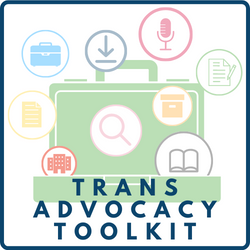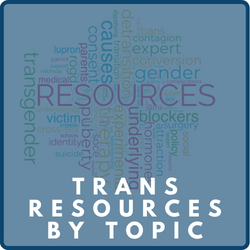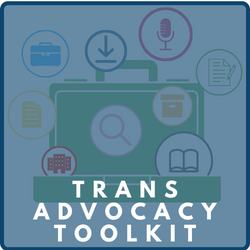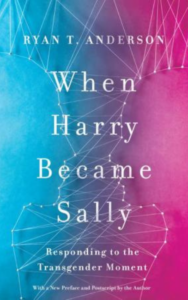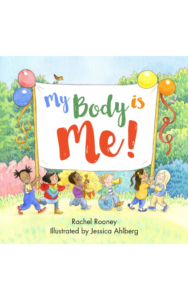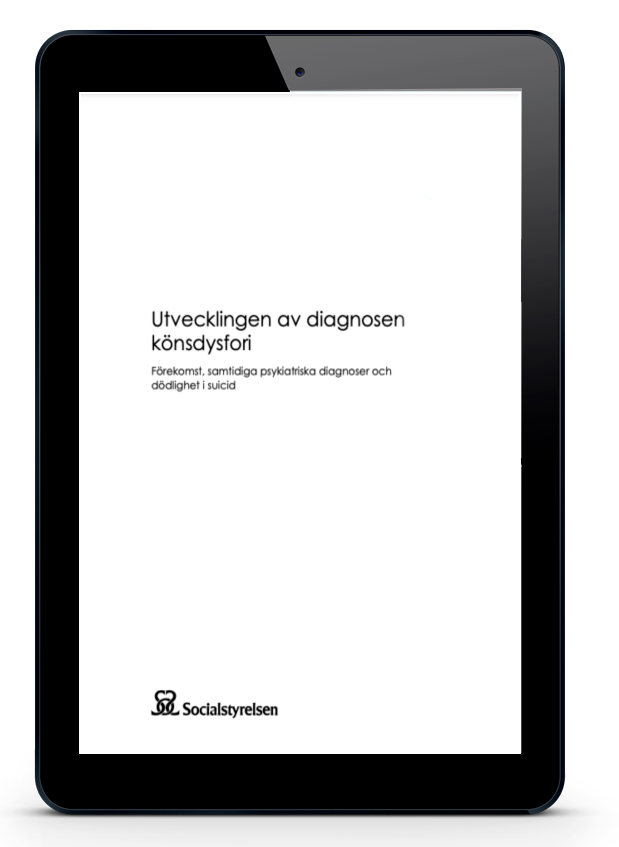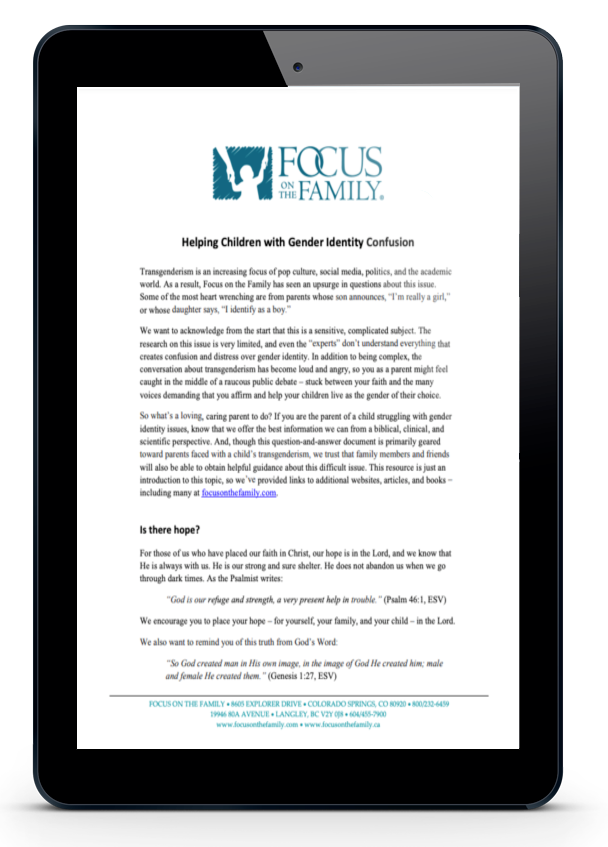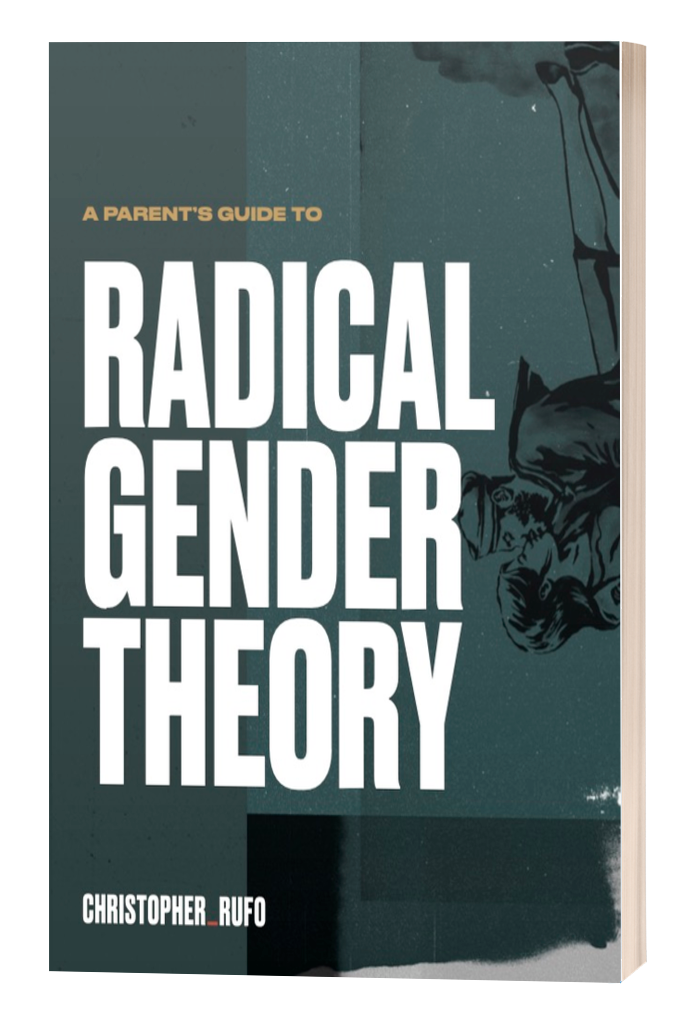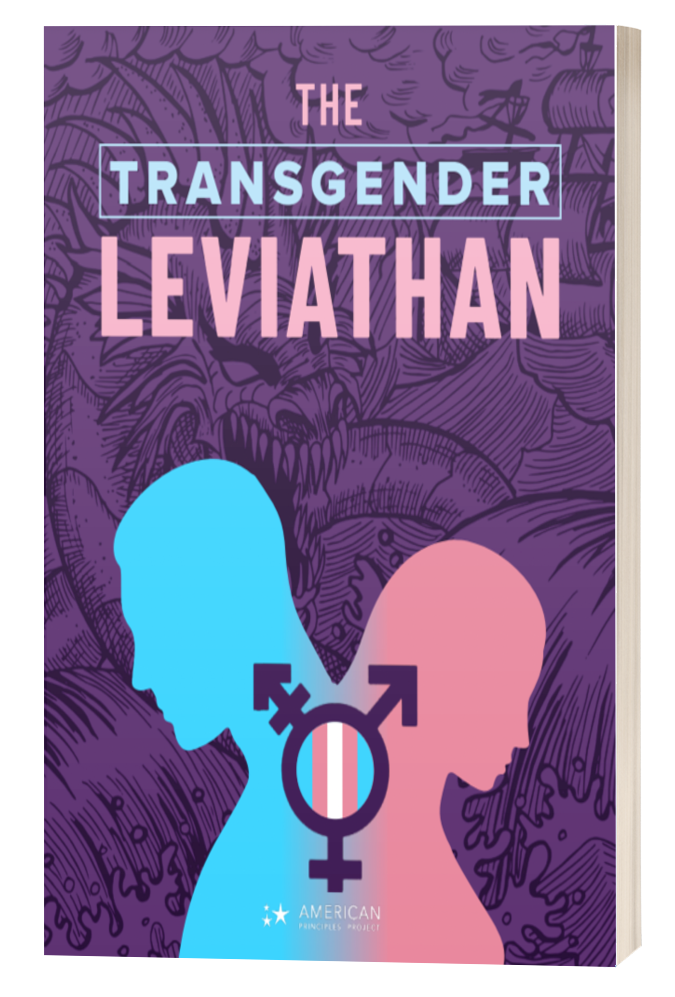UNDERSTANDING TRANSGENDER ISSUES
Resources by Topic
PUBERTY BLOCKERS | CROSS-SEX HORMONES | SURGERY | CONSENT | POTENTIAL CAUSES | ROGD | SUICIDE | SOCIAL TRANSITION | MEDICAL TRANSITION | SOCIAL CONTAGION | PARENTAL RIGHTS | POLICIES | EXPERIMENTATION | LEGISLATION | SOGI | WOMEN’S SPORTS | PUBLIC ACCOMMODATIONS | BIRTH CERTIFICATES | INTERSEX/DSD | COMPELLED SPEECH | AFFIRMATION | GENDER DYSPHORIA | DESISTERS/DETRANSITIONERS | THERAPY BANS
Gender Dysphoria
Books
Videos
Gender Dysphoria in Children: A Cry for Help Not Hormones
The Boyce of Reason
Commonsense Care
Dysphoric
Medical Harms from the Treatment of Child and Adolescent Gender Dysphoria
My experience with PLANNED PARENTHOOD
The Rise of Transgender Medicine
Detransition Conference and medical ethics in the age of gender identity
ROGD Webinar
Trans Mission
Trans Train
Utah House Judiciary Committee Hearing Highlights on HB 399
Erin Brewer, ATI 2021, Her Story
Heyer – ATI 2021
Former Transgender Asks Senators Not to Ban Counselling That Helped Her Change:
Michelle Cretella
Organizations
Guides
Research
Do trans- kids stay trans- when they grow up?
In total, there have been three large scale follow-up studies and a handful of smaller ones. I have listed all of them below, together with their results. (In the table, “cis-” means non-transsexual.) Despite the differences in country, culture, decade, and follow-up length and method, all the studies have come to a remarkably similar conclusion: Only very few trans- kids still want to transition by the time they are adults. Instead, they generally turn out to be regular gay or lesbian folks. The exact number varies by study, but roughly 60–90% of trans- kids turn out no longer to be trans by adulthood.
The effect of GnRHa treatment on bone density in young adolescents with gender dysphoria
Background More young people with gender dysphoria (GD) are undergoing hormonal intervention starting with gonadotropin-releasing hormone analogue (GnRHa) treatment. The impact on bone density is not known, with guidelines mentioning that bone mineral density (BMD) should be monitored without suggesting when. This study aimed to examine a cohort of adolescents from a single centre to investigate whether there were any clinically significant changes in BMD and bone mineral apparent density (BMAD) whilst on GnRHa therapy.
Pelvic pain and persistent menses in transgender men
Pelvic pain in transgender men can be a clinical challenge and has a broad differential diagnosis. Pelvic pain less than 6 months of duration is considered acute.
Cross-sex Hormones and Acute Cardiovascular Events in Transgender Persons: A Cohort Study
Venous thromboembolism (VTE), ischemic stroke, and myocardial infarction in transgender persons may be related to hormone use.
Evidence for an altered sex ratio in clinic-referred adolescents with gender dysphoria
Sociological and sociocultural explanations are offered to account for this recent inversion in the sex ratio of adolescents with gender dysphoria.
Self-Harm and Suicidality in Children Referred for Gender Dysphoria
This study examined rates of self-harm and suicidality (ideation and behavior) in children referred clinically for gender dysphoria compared with their siblings, and referred and nonreferred children from the Child Behavior Checklist (CBCL) standardization sample.
The study’s purpose was to describe a population of individuals who experienced gender dysphoria, chose to undergo medical and/or surgical transition and then detransitioned by discontinuing medications, having surgery to reverse the efects of transition, or both.
The Tavistock’s Experiment with Puberty Blockers
The Dutch protocol promised to create a more passable simulacrum of the opposite sex than could be achieved by physical intervention in adulthood. It was therefore embraced by trans-identified children and their parents, by older transgender activists, and by some clinicians specializing in gender dysphoria. The Gender Identity Development Service (GIDS), part of the Tavistock and Portman NHS Foundation Trust, treats children with gender dysphoria from England, Wales, and Northern Ireland. It launched an experimental study of “puberty blockers”—the more friendly term for GnRHa when administered to children with gender dysphoria—in 2011. The experiment gave triptorelin to 44 children, which in all or almost all cases led eventually to cross-sex hormones. This paper describes the origins and conduct of this study and scrutinizes the evidence on its outcomes.
Puberty Blockers and Suicidality in Adolescents Suffering from Gender Dysphoria
Turban et al. (2020) contributed nothing to our knowledge of the effects of suppressing puberty in adolescents.
Given that puberty suppression left up to a third of patients with abnormally low bone density, Joseph et al.’s recommendations are surprisingly complacent. One is to reduce DXA monitoring which ‘can have significant financial implications for healthcare providers’. Another is to change the computation of Z-scores; ‘reference ranges may need to be re-defined for this select patient cohort’. Rather than altering a measure that provides inconvenient findings, practitioners of puberty suppression must record fractures as adverse events.
Puberty Blockers and Suicidality in Adolescents Suffering from Gender Dysphoria
According to Turban, King, Carswell, and Keuroghlian (2020), suicidal ideation is lower in transgender adults who as adolescents had been prescribed “puberty blockers”—gonadotropin-releasing hormone analogs (GnRHa). This finding was derived from a large nonrepresentative survey of transgender adults in the U.S., which included 89 respondents who reported taking puberty blockers. Turban et al. (2020) tested six measures of suicidality and three other measures of mental health and substance abuse. With multivariate analysis, only one of these nine measures yielded a statistically significant association: the respondents who reported taking puberty blockers were less likely to have thought about killing themselves than were the respondents who reported wanting blockers but not obtaining them. This finding was widely reported in the media; the lead author published a column on its implications for health policy in the New York Times (Turban, 2020).
Correction to Bränström and Pachankis
After the article “Reduction in Mental Health Treatment Utilization Among Transgender Individuals After Gender-Affirming Surgeries: A Total Population Study” by Richard Bränström, Ph.D., and John E. Pachankis, Ph.D. (doi: 10.1176/appi.ajp.2019.19010080), was published online on October 4, 2019, some letters containing questions on the statistical methodology employed in the study led the Journal to seek statistical consultations. The results of these consultations were presented to the study authors, who concurred with many of the points raised. Upon request, the authors reanalyzed the data to compare outcomes between individuals diagnosed with gender incongruence who had received gender-affirming surgical treatments and those diagnosed with gender incongruence who had not. While this comparison was performed retrospectively and was not part of the original research question given that several other factors may differ between the groups, the results demonstrated no advantage of surgery in relation to subsequent mood or anxiety disorder-related health care visits or prescriptions or hospitalizations following suicide attempts in that comparison.
A Follow-Up Study of Boys With Gender Identity Disorder
This study reports follow-up data on the largest sample to date of boys clinic-referred for gender dysphoria (n = 139) with regard to gender identity and sexual orientation.
Do children with gender dysphoria have intense/obsessional interests?
This study examined whether children clinically referred for gender dysphoria (GD) show increased symptoms of autism spectrum disorder (ASD).
Epidemiology of gender dysphoria and transgender identity
This review provides an update on the epidemiology of gender dysphoria and transgender identity in children, adolescents and adults.
Temple Newhook et al. (2018) provide a critique of recent follow-up studies of children referred to specialized gender identity clinics, organized around rates of persistence and desistance. The critical gaze of Temple Newhook et al. examined three primary issues: (1) the terms persistence and desistance in their own right; (2) methodology of the follow-up studies and interpretation of the data; and (3) ethical matters. In this response, I interrogate the critique of Temple Newhook et al. (2018).
Adolescents with Gender Dysphoria: Reflections on Some Contemporary Clinical and Research Issues
This article provides an overview of five contemporary clinical and research issues pertaining to adolescents with a diagnosis of gender dysphoria: (1) increased referrals to specialized gender identity clinics; (2) alteration in the sex ratio; (3) suicidality; (4) “rapid-onset gender dysphoria” (ROGD) as a new developmental pathway; (5) and best practice clinical care for adolescents who may have ROGD.
Debate: Different strokes for different folks
A gender social transition in prepubertal children is a form of psychosocial treatment that aims to reduce gender dysphoria, but with the likely consequence of subsequent (lifelong) biomedical treatments as well (gender-affirming hormonal treatment and surgery).
Prevalence studies conclude that fewer than 1 in 10,000 adult natal males and 1 in 30,000 adult natal females experience GD, but such estimates vary widely. GD in adults is associated with an elevated prevalence of comorbid psychopathology, especially mood disorders, anxiety disorders, and suicidality.
Objective This study assessed whether children clinically referred for gender dysphoria (GD) show symptoms that overlap with Autism Spectrum Disorder (ASD). Circumscribed preoccupations/intense interests and repetitive behaviors were considered as overlapping symptoms expressed in both GD and ASD.
The DSM-5 and the Politics of Diagnosing Transpeople
In the DSM-5, there has been a change in the diagnosis for transpeople of all ages from Gender Identity Disorder (GID) to Gender Dysphoria (GD), in part to better indicate the distress that transpeople may experience when their gender identity feels incongruent.
The treatment for transsexualism is sex reassignment, including hormonal treatment and surgery aimed at making the person’s body as congruent with the opposite sex as possible. There is a dearth of long term, follow-up studies after sex reassignment.
Detransition-Related Needs and Support: A Cross-Sectional Online Survey
The aim of this study is to analyze the specific needs of detransitioners from online detrans communities and discover to what extent they are being met.
Psychiatry’s ethical involvement in gender-affirming care
To reflect on the role of psychiatry in authorising physical treatments for Gender Dysphoria and to examine the quality of evidence for gender-reassignment.
One Size Does Not Fit All: In Support of Psychotherapy for Gender Dysphoria
We agree with Turban et al.’s (2020) position that therapies using coercive tactics to force a change in gender identity have no place in health care. We do, however, take issue with their problematic analysis and their flawed conclusions, which they use to justify the misguided notion that anything other than “affirmative” psychotherapy for gender dysphoria (GD) is harmful and should be banned.
A Typology of Gender Detransition and Its Implications for Healthcare Providers
Gender detransition is an emerging yet poorly understood phenomenon in our society. In the absence of research, clinicians and researchers have applied the concept of detransition differently, leading to inconsistencies in its use. The article suggests a typology of gender detransition based on the cessation or the continuation of a transgender identity to address this issue.
This prospective study examines the clinical characteristics of children (n = 79; 8.42–15.92 years old; 33 biological males and 46 biological females) presenting to a newly established, multidisciplinary Gender Service in New South Wales, Australia, and the challenges faced by the clinicians providing clinical services to these patients and their families.
Aricles
Podcasts
Letter Templates
Letter to school board about promotion and affirmation of gender dysphoria.
Sample Letter to Superintendent
Letter to school superintendent regarding concerns about policies that promote affirmation of gender dysphoria.
Letter to school teacher regarding concerns about policies that promote affirmation of gender dysphoria.
Powerpoints
Policy Briefs
Other Resources
Ruling in THE TAVISTOCK AND PORTMAN NHS FOUNDATION TRUST case UK
This is a claim for judicial review of the practice of the defendant, the Tavistock and Portman NHS Foundation Trust, through its Gender Identity Development Service (GIDS) and the first and second Interveners (the Trusts) of prescribing puberty-suppressing drugs to persons under the age of 18 who experience gender dysphoria.
View



